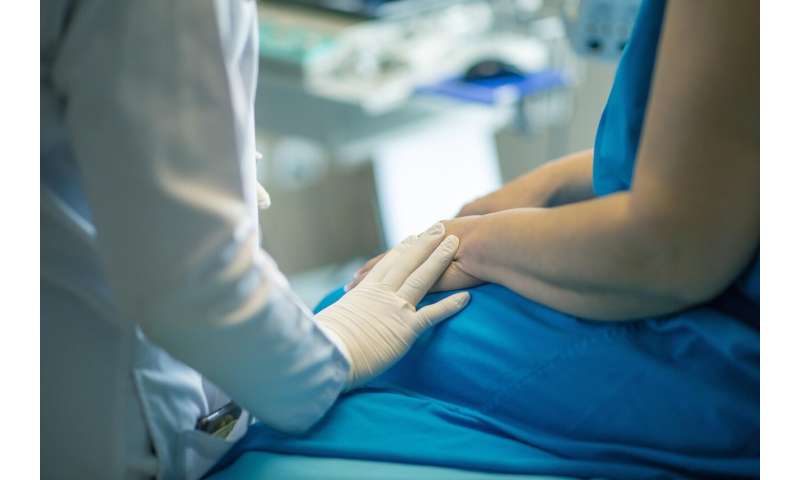AI algorithms to facilitate the diagnosis and treatment of cancerous tumors that are difficult to interpret clinically

A team of European researchers and companies, led by the Universitat Politècnica de València (UPV), through the CVBLab-HUMAN-tech group, has developed innovative artificial intelligence algorithms to facilitate the diagnosis and treatment of cancerous tumors that are difficult to interpret clinically.
This is one of the main results of the CLARIFY project, which is currently in its final months of execution and focuses specifically on three types of cancer: triple-negative breast cancer (TNBC), high-risk non-muscle invasive bladder cancer (HR-NMIBC) and spitzoid melanocytic lesions (SML).
"In all three cases, the diagnosis is complex and challenging, which we are already addressing with this project. With these algorithms, we are taking another step forward in facilitating the interpretation of histological images and, ultimately, the diagnosis of these types of cancer for medical professionals," says Valery Naranjo, project leader and coordinator of the Computer Vision and Behavior Analysis Lab (CVBLab) at the UPV's Human-Centered Technology Research Institute (HUMAN-tech).
In addition to these algorithms, the project has already achieved other results of great interest, such as databases of the cancers under study, which can become valuable resources for the medical and scientific community, and advances in the secure management of data in the cloud, with requirements inherent to the health field and with several application scenarios within the project.
CLARIFY has also carried out a multidisciplinary training program, which has enabled 12 young researchers of various nationalities to complete their Ph.D. studies at one of the institutions involved in the project, learn about the latest scientific advances in artificial intelligence, cloud computing, and digital pathology and enhance new skills, which will be the key to meeting to the challenges of the engineering-medicine binomial in the coming years.
"And it has driven the launch of a European research network that brings together experts from both fields and helps to improve the exchange of knowledge, always with the same goal: to contribute to facilitating decision-making in the diagnosis and treatment of breast, bladder and skin cancers studied," adds Sandra Morales, researcher at CVBLab-I3B of the Universitat Politècnica de València.
Provided by Universitat Politècnica de València